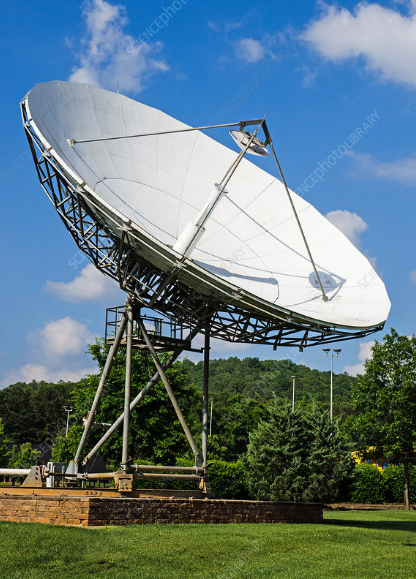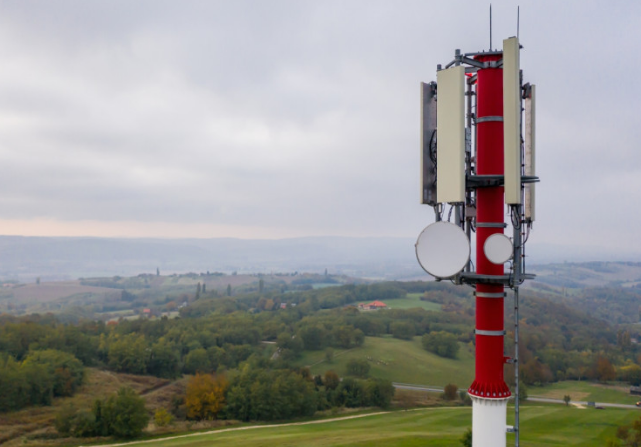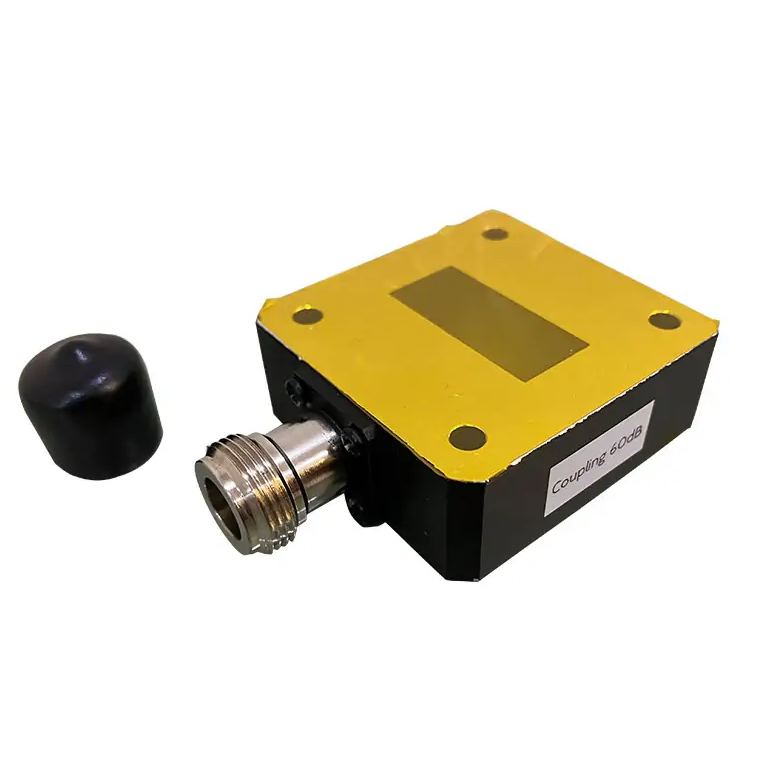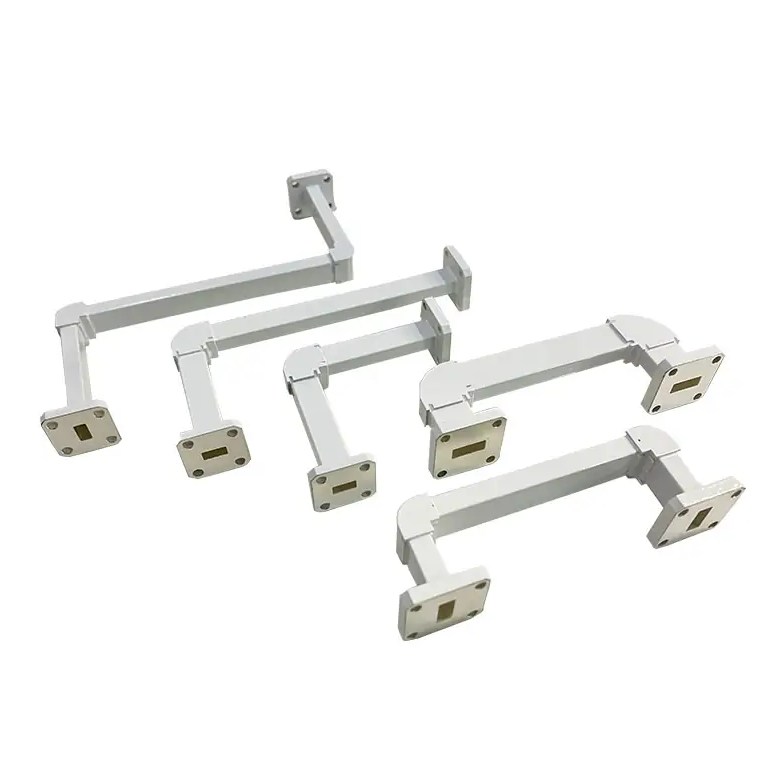Optical fibers primarily use LEDs for short ranges (850 nm) and laser diodes for long distances, operating at 1310 nm or 1550 nm to minimize loss and maximize efficiency.
Table of Contents
Leds are used for short distances
Leds are like right-hand men in short-range fiber optic communications, handling lightweight tasks in the world of data. Let’s dig a little deeper into the numbers: leds typically operate at wavelengths of 850 nanometers. In terms of data speed, they can reach 1 Gbps (billion bits per second) under ideal conditions.
Deploying LED technology is significantly cheaper in terms of cost – sometimes as little as half the cost of setting up a laser system. Leds are very flexible in terms of signal modulation. They can switch on and off about a billion times per second – yes, in billions!

Laser diodes are used for long distances
Now, let’s talk about the heavy crane in fiber optics – laser diodes. These guys are marathon runners who can transmit data over long distances without breaking a sweat. Laser diodes excel in terms of performance, especially when we’re talking about wavelengths. They typically operate at 1310 or 1550 nanometers, allowing light energy to travel farther with less loss.
These lasers can deliver up to 100 Gbps (10 billion bits per second), and using the latest DWDM (Dense wavelength division multiplexing) technology, we’re talking terabits per second levels on a single fiber. Imagine streaming about 25,000 HD Netflix movies simultaneously.
While lasers are more expensive – sometimes costing 10 to 20 times more than leds – their ability to process large amounts of data makes them worth the cost. For service providers who need to make sure your video call with someone on the other side of the world doesn’t turn into a digital freeze tag game.
Wavelength used
In fiber optic communications, the wavelength of light used is specially selected to maximize efficiency and minimize losses. Here are the details:
850 nanometers (nm): This wavelength is commonly used for multimode fibers, which are typically found inside data centers or buildings. The 850 nm wavelength is suitable for short distances, making it the preferred choice for local area network (LAN) communications.
1310 nm: One step up, the 1310 nm wavelength is ideal for longer single-mode fiber applications. It reaches the ideal point of low inherent loss of fiber and is very suitable for medium distance transmission. It is commonly used in metropolitan area networks (MAN) where distances span at least 3 km.
1550 nm: Now, this is the long-distance champion. The 1550 nm wavelength is where the fiber really shines, providing the lowest loss and allowing the signal to travel great distances without significant attenuation.







